Termites in Georgia: Identify and Prevent Home Infestations
Did you know that local pest control services can help diagnose infestations of termites and bed bugs, which cause over $5 billion in damage to houses each year in the U.S.? Living in Georgia, I’ve seen firsthand how several termite species, including subterranean termite infestations and worker termites, can wreak havoc on properties, as national exterminating head termites demonstrate. Termites in Georgia, like formosa, thrive in our warm climate, making them a constant threat for homeowners like me, who must diagnose infestations.
I want to share what I’ve learned about identifying and preventing common termites, including formosan, infestations. Understanding their behavior and signs of damage is crucial for effective termite prevention and proper termite pest control measure against subterranean termite infestations and active termite swarms. I’ll cover effective prevention strategies and treatment options for common termites and several termite species, including subterranean termite, that can save us from costly repairs. Let’s explore the world of termites and arm ourselves with knowledge to keep our homes safe.
Key Takeaways
- Understand the types of termites in Georgia, such as Eastern Subterranean, West Indian Drywood, and Formosan Subterranean termites, to identify potential threats to your property.
- Learn to recognize signs of termite damage, like mud tubes and hollow-sounding wood, to catch infestations early.
- Regular inspections of your home can help detect termite activity before it becomes a serious problem.
- Implement effective prevention methods, including reducing moisture around your home and sealing entry points, to deter termites from invading.
- Consider professional pest control services if you suspect an infestation; they can provide tailored solutions based on the type of termite present.
- Stay informed about the prevalence of termites in Georgia to better understand the risks and take proactive measures for your property.
Types of Termites in Georgia

Eastern Subterranean
Eastern subterranean termites are the most common type found in Georgia. They live underground and build large colonies. These termites can cause significant damage to wooden structures. Subterranean termite species require moisture to survive, which makes several termite species more prevalent in humid areas.
Their social structure is complex. Workers gather food and feed the queen and larvae. The queen can lay thousands of eggs daily. I once saw a home heavily infested with these termites. The damage was extensive, highlighting their destructive nature.
Drywood Termites
Drywood termites differ from subterranean types. They do not need contact with soil for moisture. Instead, they thrive in dry wood and can infest furniture and wooden beams. Their colonies are smaller than those of eastern subterranean termites.
These termites create small holes in wood as they exit. This behavior makes it easier to spot an infestation. Identifying their presence early is crucial for homeowners. I learned that they often go unnoticed until significant damage occurs.
Formosan Termites
Formosan termites are considered one of the most aggressive species. They originated from Asia but have become widespread in the southeastern United States, including Georgia. Their colonies can be enormous, often containing millions of individuals.
They are known for their rapid reproduction and voracious appetite for wood. Formosan termites can cause severe structural damage in a short time. They also build mud tubes to travel between their food sources and nests, which is a clear sign of infestation.
Understanding these three types of termites is vital for effective pest management. Each species has unique behaviors and characteristics that affect how they invade homes. Recognizing these traits helps homeowners take preventive measures.
Effective pest control starts with identifying the type of termite present. Professionals often conduct thorough inspections to determine the best treatment approach. I believe that early detection is key to preventing costly repairs.
Termite infestations can lead to substantial financial loss if not addressed promptly. Homeowners should stay informed about these pests to protect their properties effectively. Knowledge about termite species equips individuals with the tools needed for prevention and management.
Eastern Subterranean Termite

Habitat
Eastern subterranean termites thrive in moist environments. They prefer areas with high humidity, such as near water sources or damp soil. These conditions help them survive since they cannot tolerate dry environments. In Georgia, the warm climate supports their growth and reproduction. I’ve seen how they build their colonies underground, often near tree roots or decaying wood.
These termites create intricate tunnels to travel between their nests and food sources. The tunnels protect them from predators and keep moisture intact. Homeowners should check for these tunnels around their properties. Early detection can prevent larger infestations.
Feeding Habits
Subterranean termites primarily target softwoods. They consume wood that is decayed or damaged, but they also attack healthy trees and structures. Common targets include pine, cedar, and fir. Their feeding habits can cause significant damage to homes and buildings in a short time.
I once had a friend who faced a severe infestation in his basement. The damage was extensive because he didn’t realize the termites were there until it was too late. Understanding what types of wood these pests prefer can help homeowners take preventive measures.
Termites digest cellulose found in wood using special bacteria in their guts. This process allows them to break down tough materials and extract nutrients. They work in large colonies, which can number in the thousands, making their feeding impact significant.
Early Signs of Infestation
Recognizing early signs of subterranean termite infestations is crucial. Homeowners should look for mud tubes on walls or foundations. These tubes are about the width of a pencil and serve as highways for the termites.
Other signs include hollow-sounding wood or discarded wings near windowsills and doors. My neighbor discovered an infestation when she noticed small piles of wings after swarming season. Prompt action can save money on repairs and extermination costs.
If you suspect an infestation, contacting professionals like National Exterminating can be beneficial. They have the expertise to assess the situation accurately. They can also provide effective treatment options to eliminate these pests.
West Indian Drywood Termite
Characteristics
West Indian drywood termites differ significantly from other termite species. They do not require soil moisture to survive. This makes them unique among many types of termites, like the Eastern subterranean termites, which depend on moisture from the ground. Instead, these drywood termites thrive in dry wood.
They can infest wooden structures with little evidence of their presence. Their ability to live without soil moisture allows them to invade homes without being detected for long periods. I find it fascinating how resilient these pests can be.
Preferences
These termites prefer hardwoods over softwoods. They target materials like oak and mahogany. This preference can lead to severe damage in homes with hardwood floors or furniture. The drywood termite creates minimal visible signs of infestation. Homeowners may notice only small holes or frass, which is their droppings.
I have seen how subtle the signs can be. Many people overlook these signs until it’s too late. Regular checks are crucial for early detection.
Inspection Importance
Regular inspections are vital for homeowners, especially those with hardwood structures. Identifying an infestation early can save money and prevent extensive damage. It’s important to look for signs like tiny holes in wood or piles of frass near wooden items.
Homeowners should schedule inspections at least once a year. Professional pest control services can help identify hidden infestations. I recommend keeping a close eye on areas where wood meets the foundation or where there is limited airflow.
Prevention Strategies
Preventing drywood termite infestations involves several strategies:
- Seal cracks: Fill any gaps in walls or foundations.
- Control humidity: Use dehumidifiers in damp areas.
- Store firewood properly: Keep it off the ground and away from the home.
- Inspect regularly: Check wooden structures for signs of damage.
Formosan Subterranean Termite
Destructive Capabilities
Formosan subterranean termites are among the most aggressive pests. They can cause severe damage to homes in a short amount of time. A single colony can contain millions of female termites and workers. These large colonies work together to destroy wood, including hardwood furnishings and structural beams.
These termites create mud tunnels as they travel through soil. Their tunnels often lead directly into homes. I have seen firsthand how quickly these pests can ruin a house. Within months, they can compromise the integrity of a structure.
Prevalent Regions
In Georgia, the Formosan subterranean termite is particularly common in South Georgia. Areas like Savannah experience higher infestations. The warm climate supports their rapid reproduction and aggressive behavior. Homeowners in these regions must remain vigilant.
I remember visiting friends in Savannah and noticing signs of termite damage in their home. It was alarming to see how much destruction had occurred in just a few months. This experience taught me the importance of regular inspections.
Immediate Action
Homeowners should take immediate action if they notice signs of Formosan subterranean termites. Common indicators include mud tubes on walls or wood that sounds hollow when tapped. Early detection is crucial for preventing extensive damage.
Many people underestimate the threat posed by these insects. Ignoring signs can lead to costly repairs and potential loss of property value. I always recommend contacting pest control experts at the first sign of trouble.
Taking proactive measures can save homeowners from significant headaches down the line. Regular inspections and preventive treatments are wise choices for anyone living in affected areas.
Identifying Termite Infestations
Visual Inspections
I often recommend starting with visual inspections. Look for signs of termite infestations around your home. Common clues include mud tubes on walls and wood surfaces. These tubes help termites travel between their colony and food sources.
Another sign is damaged wood. If you tap on wood and it sounds hollow, termites may be present. termite feces can appear as small pellets near infested areas. I’ve seen these signs firsthand and realized how crucial it is to check regularly.
Monitoring Tools
Using monitoring tools can also help diagnose infestations. Bait systems attract termites and allow homeowners to see if they are active in the area. These systems contain a slow-acting insecticide that eliminates the colony over time.
Moisture meters can detect high humidity levels in wood, which can indicate a termite problem. Termites thrive in damp environments. By using these tools, you can catch a potential termite infestation early.
Professional Help
If you suspect a termite infestation, consider seeking professional help. A termite pest control company can conduct thorough inspections that might reveal hidden problems. They have specialized equipment and trained personnel who know what to look for.
Professionals can also assess termite infestation probability zones around your home. They understand the local environment and can give tailored advice based on your area’s risk factors. I’ve learned that getting expert help is often worth the investment.
Proactive Measures
Taking proactive measures is essential in preventing termite issues. Regular checks around your property can catch infestations before they escalate. Inspect areas where wood meets soil, like foundations and decks.
Keeping wood piles away from your home reduces termite risk. Also, ensure gutters are functioning properly to avoid water buildup near your foundation. These small steps make a big difference.
Consider scheduling annual inspections with professionals to maintain peace of mind. They can identify any changes in your home that might increase the likelihood of a termite swarm.
Recognizing Signs of Damage
Physical Signs
Termites leave clear physical signs of their presence. Mud tubes are one of the most common indicators. These tubes appear as small, pencil-sized tunnels made from soil and wood particles. They often run along walls or foundations. I remember seeing these tubes in my own home. It was alarming to discover how easily they can blend in with the surroundings.
Hollowed wood is another sign. Termites eat the wood from the inside out, leaving a thin layer on the surface. Tapping on wooden structures can help identify this damage. If it sounds hollow, there might be a termite problem. Discarded wings may be found near windows or doors, indicating that termites have swarmed.
Differentiating Damage
Understanding the difference between termite damage and other types of wood deterioration is crucial. Water damage can cause similar signs, such as warped or soft wood. However, water-damaged wood usually shows discoloration and mold growth. In contrast, termite damage lacks these characteristics.
I once confused water damage for termite damage in my basement. After consulting a pest control expert, I learned to distinguish between them better. Knowing these differences helps homeowners take appropriate actions quickly.
Documentation
Documenting any signs of damage is essential for future reference. Take photos of mud tubes, hollowed wood, or any other evidence you find. This documentation can help when contacting pest control services later. Providing them with clear images will assist in identifying the issue more accurately.
Keeping a record also helps track any changes over time. For example, if you notice new signs appearing after treatment, it might indicate an ongoing infestation. I keep a folder with photos and notes about my home’s condition to monitor any potential issues.
Contacting Professionals
If you notice any signs of termite damage, it’s important to call professionals quickly. Early intervention can minimize structural damage to your home. Pest control experts can assess the situation and recommend appropriate treatments.
I have learned from experience that timely action makes a big difference. Professionals use specialized tools to detect termites hidden within walls or floors.
Prevalence of Termites in Georgia
Termite Statistics
Georgia ranks high for termite risk. The state has an estimated five million termite colonies per acre. This statistic places Georgia among the top states for termite prevalence in the United States. The warm climate provides an ideal environment for these pests to thrive. Homeowners should be aware that termites can cause significant damage to properties.
I often remind my friends about this risk. Many underestimate how common termites are in our area. Awareness can help prevent costly repairs.
Environmental Factors
Several environmental factors contribute to high termite populations in Georgia. The state’s humid subtropical climate creates a perfect habitat. Moisture-rich soil supports termite colonies, allowing them to flourish. Mild winters do not kill off many of these pests, leading to larger populations year-round.
Wood structures also attract termites. Many homes in Georgia are built using wood materials, which provide a food source. I have seen homes that were heavily damaged due to neglecting signs of termite activity.
Homeowner Vigilance
Homeowners in Georgia must remain vigilant against termites. Regular inspections can catch infestations early. Understanding the signs of damage is crucial for prevention. These signs include mud tubes, discarded wings, and hollow-sounding wood.
Taking proactive measures is essential. I always recommend scheduling annual pest control services. This step can save homeowners from expensive repairs later on.
Termite damage is often not covered by standard homeowner’s insurance policies. Therefore, being proactive is not just wise; it is essential for protecting one’s investment.
Effective Control and Prevention Methods
Integrated Management
Integrated pest management (IPM) combines several strategies to control termites effectively. This approach includes prevention, monitoring, and treatment. I believe that understanding the life cycle of termites can help in choosing the best methods for control.
Prevention is the first step. Homeowners should focus on sealing cracks and crevices in foundations. Regular inspections can help identify signs of termite activity early. Monitoring includes placing bait stations around the property. These stations attract termites and allow for quick intervention if needed.
Routine Maintenance
Routine maintenance plays a crucial role in keeping termites at bay. Reducing moisture is essential, as termites thrive in damp environments. Homeowners should fix leaky pipes and ensure proper drainage around their homes.
Sealing entry points is another effective method. Check for gaps around windows, doors, and utility lines. I have found that even small openings can become pathways for termites. Keeping wood piles away from the foundation also helps prevent infestations.
Professional Consultation
Consulting pest control professionals can provide tailored solutions for specific situations. Each home is unique, and experts can assess individual risks. They can recommend treatments based on the type of termite present and the extent of damage.
I have seen how professional services can make a difference. They often use advanced techniques like liquid treatments or baiting systems that are more effective than DIY methods. Regular follow-ups from these professionals ensure long-term protection.
Conclusion:-
Dealing with termites in Georgia is no small feat. I’ve covered the different types, how to spot infestations, and effective prevention strategies. Understanding the local termite landscape is crucial for protecting your home. The damage they cause can be significant, but with the right knowledge, you can stay one step ahead.
Take action now. Regular inspections and proactive measures can save you headaches down the road. Don’t wait until it’s too late—protect your investment and ensure your home remains termite-free. If you suspect an infestation, reach out to a pest control professional today. Your peace of mind is worth it.
FAQ’s:
Georgia is home to three main types of termites: Eastern Subterranean Termites, West Indian Drywood Termites, and Formosan Subterranean Termites. Each type has unique behaviors and preferences for nesting.
Look for mud tubes, discarded wings, and hollow-sounding wood. These signs indicate a potential termite infestation. Regular inspections can help catch problems early.
Look for mud tubes, discarded wings, and hollow-sounding wood. These signs indicate a potential termite infestation. Regular inspections can help catch problems early.
Termites primarily damage wooden structures, including homes and furniture. They can weaken foundations and walls, leading to costly repairs if left untreated.
Yes, termites are prevalent in Georgia due to its warm climate and abundant moisture. Homeowners should be vigilant to prevent infestations.
To prevent termites, ensure proper drainage, eliminate wood-to-soil contact, and regularly inspect your property. Consider professional treatments for added protection.
If you suspect a termite infestation or see signs of damage, contact a pest control professional immediately. Early intervention is crucial to minimize damage.

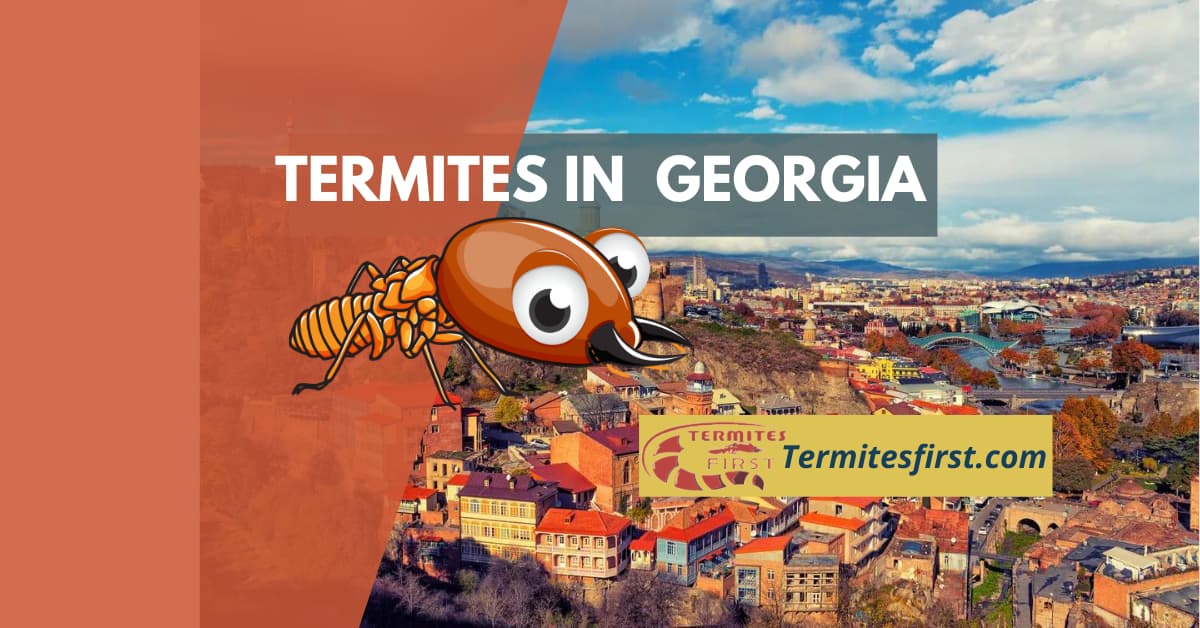
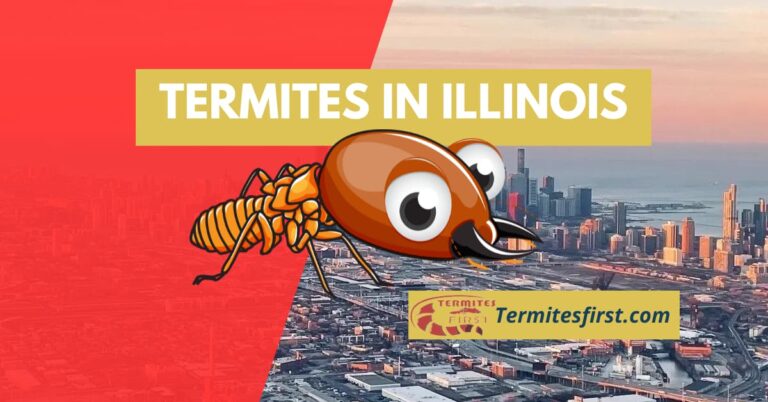
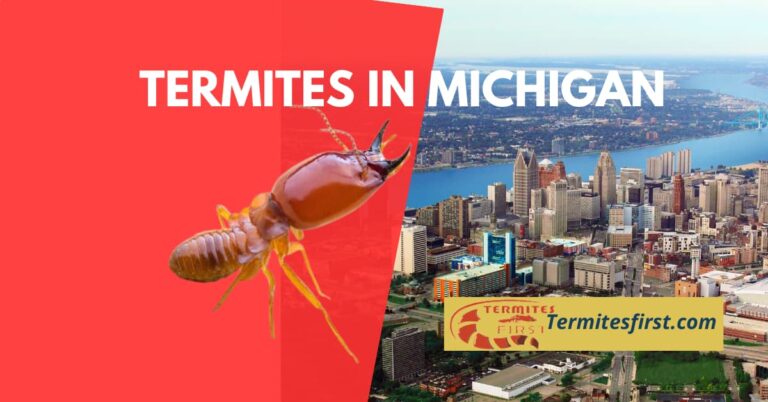

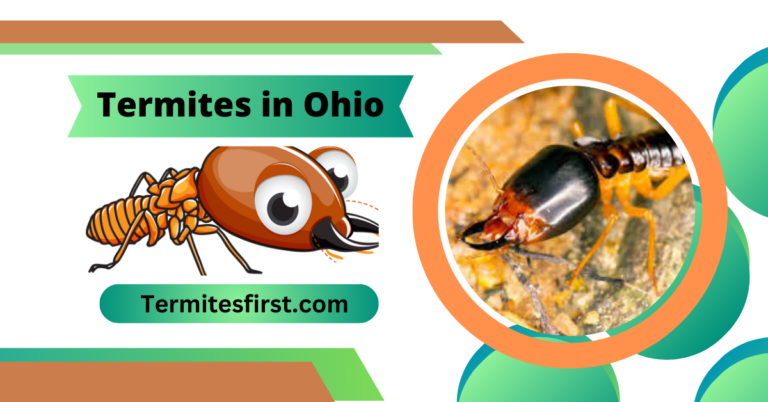

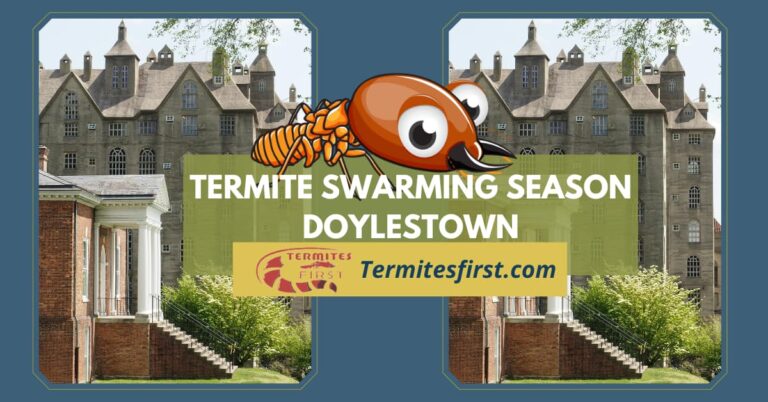
Interesting article.
Thanks.